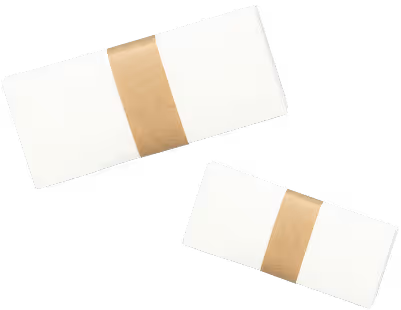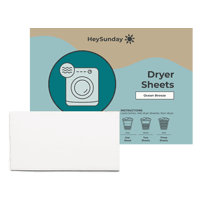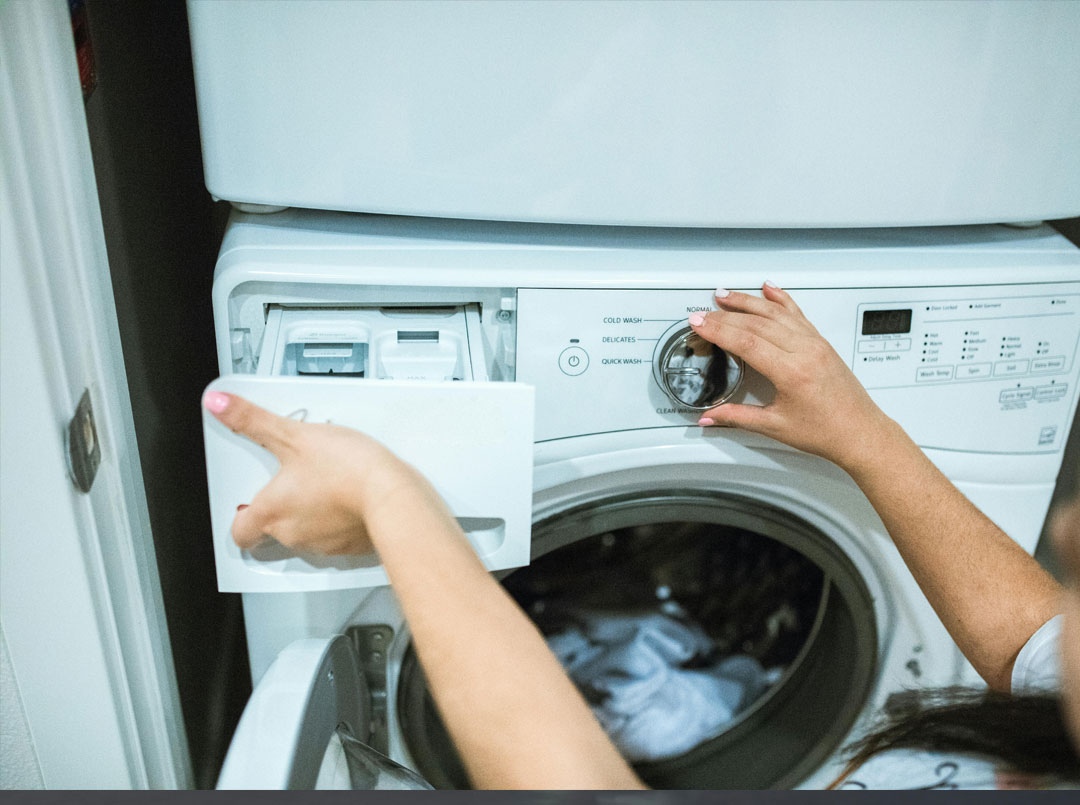
2025 Microplastic Filter Laws: How They Affect Your Life and Laundry
Starting in 2025, your washing machine might need a new part: a filter to catch microplastics.
We’re talking about the tiny bits of plastic from your yoga pants or fleece hoodie that sneak out during laundry sessions and end up in oceans, drinking water, even us (gross, right?).
Countries like France are already on it. New washers there require these filters by January 2025. Oregon’s jumping in, too, requiring them on new machines by 2030. Other spots, like California and the EU, are cooking up similar plans.
Microplastics are everywhere. Your laundry’s part of the problem, but these filters can grab up to 90% of those pesky fibers before they hit the water. You don’t need to panic or buy a new washer (yet), but you can get ahead with a specialized laundry bag or plastic-free detergent sheets. Small moves, big differences.
Washing Machine Filter Legislative Snapshot
You probably didn’t think much about what’s inside your washing machine beyond the drum and a few buttons, but lawmakers are now zeroing in on a less-visible addition: built-in filters.
These aren’t for lint or pet hair, they’re specifically for microfibers. And several state governments are beginning to make them mandatory.
Oregon: SB 526
Passed in 2023, Oregon’s law was the first in the U.S. to require microfiber filters on new residential washing machines.
Starting January 1, 2030, any new unit sold in the state must include a built-in filter to trap microplastics before they enter water systems. Oregon’s history of trailblazing environmental policy made it the natural starting point.
California: AB 1628 (Proposed)
California’s version, AB 1628, is still making its way through the legislative process. But if passed, it would require filters on all new washers by January 1, 2029.
With the state’s track record on emissions, plastics, and appliance standards, many expect it to pass, and potentially set the tone for other states.
France: National Law (2025)
France isn’t waiting. The country passed its filter law in 2021, giving manufacturers four years to comply. By January 1, 2025, every new washing machine sold in France must include a microfiber filter. It’s one of the first national policies of its kind anywhere in the world.
European Union: Proposed Regulation
The EU is laying the groundwork for a major shift: in future years, all new washing machines could be required to include microfiber filters. The rule’s not locked in yet, but manufacturers are already feeling the pressure from voluntary guidelines.
If it goes through, this wouldn’t just raise the bar in Europe, it would send a message worldwide that microplastic pollution from laundry is on notice.
For now, it’s a state-by-state story in the U.S. But globally, momentum is picking up fast. The expectation is that these filters will become standard, not optional.
Additional states are seeking to take similar actions.
New Jersey has two bills in the works: S3619, which would require microfiber filters on all new washing machines by 2030, and S3281, which proposes rebates to offset the cost for early adopters.
Meanwhile, HB 2568 in Pennsylvania and House Bill 1370 in Illinois are pushing for similar 2030 filter mandates, and both are currently under review.
Why Microfibers and Microplastics Matter
It doesn’t take a scientist to understand that plastic pollution is a problem. But what’s getting harder to see is also becoming harder to ignore.
Microplastics are exactly what they sound like—tiny bits of plastic less than 5 millimeters long.
And within that group, microfibers are a growing concern. They come from synthetic fabrics like polyester and nylon and get released every time we do a load of laundry.
The more we wash, the more they shed.
Here’s the kicker: most water treatment systems weren’t built to deal with particles that small. Which means these fibers don’t disappear.
They flow out of our machines, through the pipes, and straight into rivers, lakes, and oceans. Then they circle back to us, showing up in places like our seafood, sea salt, and tap water.
One 2021 study found microplastics embedded in the placenta. That’s not abstract. That’s personal.
And the scale is bigger than most people realize. A report from the IUCN estimates 35% of ocean microplastics come from synthetic clothing.
The hopeful part? Real progress is possible. Research from 2025 shows that modern filters—like the ones lawmakers are starting to require—can catch up to 90% of these fibers before they reach the water supply.
That’s a win. But it only works if people know the problem exists in the first place.
Prep Checklist for Consumers & Landlords
Whether you're doing laundry in a studio apartment or managing a multi-unit property, the changes coming down the pipeline affect everyone.
The good news? A few proactive steps can make a big difference, saving you a headache later on.
- Check the age of your washing machine. If it was purchased before 2026, you’re not legally required to add a filter (yet). But upgrading or retrofitting could put you ahead of the curve and any forthcoming requirements.
- Consider installing a microfiber filter. Third-party add-ons like PlanetCare and Filtrol are designed to catch the fibers your machine sheds. They’re simple to install and already in use by eco-conscious households.
- Use a laundry bag designed to reduce shedding. Products like Guppyfriend act as an internal filter, catching microfibers inside the drum before they go anywhere else. It’s a low-cost way to immediately cut your impact.
- If you’re a landlord, get informed. Some future laws may hold property owners accountable for providing compliant machines. Including filter-ready washers in your units now could save time, money, and legal friction down the road.
- Switch up your detergent. Some formulas are harsher on fabrics, which leads to more fiber loss. Look for gentle, low-sudsing options that work well with cold water and synthetic fabrics.
- Try HeySunday detergent sheets. They’re plastic-free, low-shed, and are made to dissolve cleanly without adding to the microplastic problem. It’s a simple swap that skips the jug and keeps unnecessary plastic out of the system.
You don’t need to overhaul your life. But a few small adjustments now can keep you compliant, reduce your environmental footprint, and help move laundry in a better direction.
How Detergent Sheets Help
Reducing plastic pollution doesn’t begin and end with filters. What you use inside the machine matters too. Detergent sheets are one of the simplest, most effective tools available.
Let’s start with fabric care. Traditional detergents like thick liquids and pods can be surprisingly harsh on your clothes.
The more agitation and residue, the more synthetic threads tend to fray. That means more microfibers are released with every cycle. Detergent sheets offer a gentler clean, dissolving easily without overworking your fabrics.
Then there’s the packaging. Most liquid detergents come in oversized plastic jugs that are difficult to recycle and take hundreds of years to decompose.
Detergent sheets skip the plastic altogether. They’re lightweight, come in recyclable paper packaging, and leave nothing behind but clean laundry.
They also work beautifully in cold water, which is another win for sustainability. Hot cycles use more energy and break down clothes faster.
Sheets are formulated to dissolve in cold water, helping you cut down your carbon footprint while keeping your favorite gym shorts intact.
And unlike some pods and powders, detergent sheets are free of microcapsules—those tiny plastic beads used for slow-release scent or brighteners.
They might make your laundry smell extra “springtime fresh,” but they’re also a sneaky contributor to microplastic pollution.
Bottom line? Detergent sheets pull more than their weight. They reduce shedding, eliminate plastic, and play nicely with both your clothes and the planet.
Frequently Asked Questions
Do I have to replace my washing machine?
No. Not unless you were already planning to. The laws currently being passed only apply to new machines sold after a certain date. If you already own a washer, you’re not required to do anything. But if you’re looking to cut back on microfiber pollution, there are easy ways to retrofit what you have.
Can I add a filter to an older washer?
You can. In fact, that’s what a lot of early adopters are doing. Brands like Filtrol and PlanetCare make external filters that attach to your machine’s drain hose and catch fibers before they go anywhere. It’s not complicated. You don’t need a new appliance—you just need the right add-on.
Do detergent pods contribute to microplastic pollution?
Some of them do. Many pods use dissolvable film that breaks down in water, which sounds great—until you look at the ingredients. Some formulas use microcapsules (tiny plastic beads that hold fragrance or color boosters) that don’t fully degrade. They’re small, but they add up.
Are there any washers that come with filters already?
A few, mostly in Europe. French brands started rolling them out ahead of the 2025 law. In the U.S., most machines still don’t have them yet. But with regulations on the horizon, you can bet that’ll start to change.
Is this just something happening on the West Coast?
It started there, but no. France’s national law is already in motion, and the EU is working on a broader mandate for 2030. In the U.S., California and Oregon are leading, but several other states are watching closely.
Why does laundry cause plastic pollution in the first place?
Synthetic fabrics—things like polyester, nylon, acrylic—they shed tiny fibers when washed. You can’t see them, but they’re there. Most treatment plants weren’t built to catch particles that small, so those fibers slip through and end up in lakes, rivers, oceans... even the food chain.
Can switching detergent really make a difference?
Yes. Some detergents are rough on clothes, especially when paired with hot water or long cycles. Over time, that wear leads to more shedding. Gentler options, like detergent sheets, help fabrics hold together longer, which means fewer microfibers going down the drain. It’s a small shift, but it adds up.
Final Thoughts
Laundry might seem like background noise in the bigger conversation about the environment, but it’s one of those places where a few small shifts can go a long way.
You don’t need a full overhaul. Just a couple of smarter choices, made consistently, can start to move things in the right direction.
You never have to worry about microplastics with HeySunday. Try our detergent sheets today for planet-friendly peace of mind.














“My sheets have never felt cleaner. I’m hooked.”
“Finally — detergent that actually works and doesn’t take up half the shelf.”
“Hey Sunday WORKS. Great for stains, and no buildup in the washer.”
“We switched from liquid. The scent is amazing and it saves us money.”
“I’ve got total control with HeySunday. I’ll never go back to powder.”